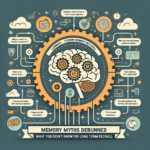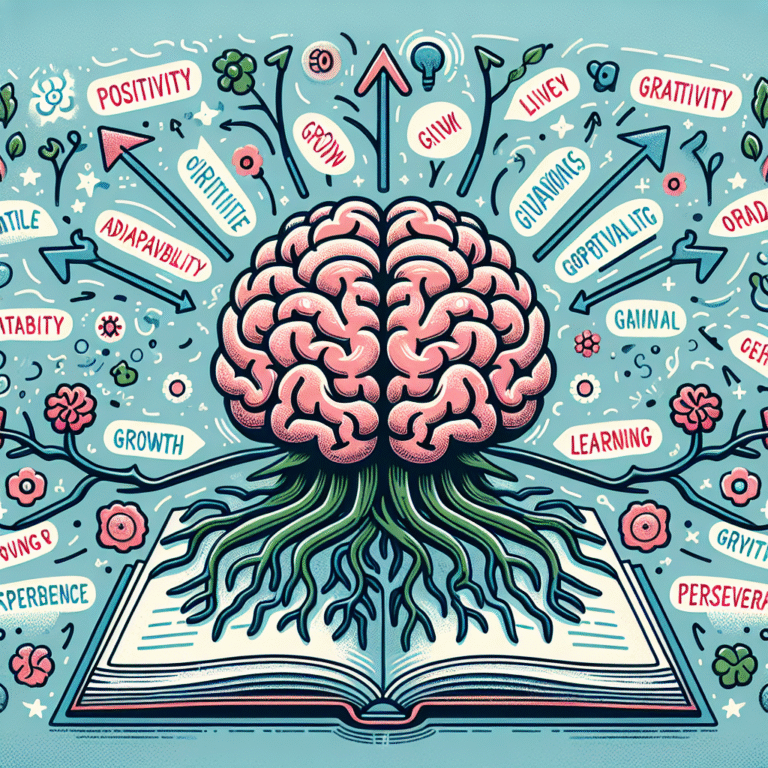
Introduction
Imagine walking into a classroom filled with eager students, each brimming with anticipation about what they’ll learn that day. Now picture those same students a few years later in a clinic, ready to engage with medical professionals regarding their health. The journey from classroom to clinic is not just about education or therapy; it’s profoundly influenced by a psychological phenomenon known as the expectancy effect. This effect shapes our perceptions, treatment outcomes, and ultimately, our experiences in everyday life.
In this article, we will delve into the intricate layers of the expectancy effect, exploring its presence in both educational and clinical settings, its implications on personal expectations, and how it can be harnessed to foster positive change. By understanding the expectancy effect, you can shift your mindset, enhance your learning, and even improve your health outcomes.
Understanding the Expectancy Effect
What Is the Expectancy Effect?
The expectancy effect, often referred to as the Hawthorne effect or placebo effect in some contexts, describes the phenomenon where an individual’s expectations about a treatment or outcome can shape their actual experiences. Essentially, if you believe that something will happen — good or bad — you are more likely to experience that outcome because your brain is attuned to it.
Historical Background
The roots of the expectancy effect can be traced back to early psychological research, particularly in the studies conducted at the Hawthorne Works factory in the 1920s. Researchers found that changes to working conditions could improve productivity, not just because of the changes themselves, but because workers felt they were being observed and cared for. This phenomenon laid the groundwork for understanding how expectations can influence performance across various domains, including education and healthcare.
The Role of Expectancy in Education
Setting the Stage: Classroom Dynamics
In a classroom setting, the expectancy effect can significantly affect learning outcomes. Teachers’ beliefs and expectations about their students’ abilities can create a self-fulfilling prophecy. If educators expect a particular student to excel, they may offer more attention, support, and encouragement, leading that student to perform better. Conversely, if a student is perceived as a low achiever, they may receive less support, potentially leading them to underperform.
Case Study: Pygmalion Effect
One famous study that illustrates the expectancy effect in education is the Pygmalion Effect, named after George Bernard Shaw’s play. In a study conducted by Rosenthal and Jacobson, teachers were told that certain students were "intellectual bloomers" who would show significant improvement over the school year. Surprisingly, these students did achieve higher academic results, demonstrating how teacher expectations can powerfully shape student performance.
| Expectation Type | Impact |
|---|---|
| Positive | Increased performance, motivation, and engagement |
| Negative | Decreased performance, lower self-esteem, reduced motivation |
Practical Implications for Educators
As an educator, being aware of the expectancy effect can profoundly shift your teaching strategies. Adopting a growth mindset and focusing on fostering positive expectations can create a nurturing environment where all students, regardless of their prior performance, have the opportunity to excel.
Transitioning to the Clinic: The Healthcare Connection
Building a Therapeutic Alliance
Moving from the classroom to the clinic, the expectancy effect continues to play a critical role. When patients trust their healthcare providers, they are more likely to adhere to treatment regimens and report better health outcomes. The therapeutic alliance built through positive expectations sets the stage for effective healing.
Case Study: Placebo Effect in Clinical Trials
A compelling example is found in clinical trials involving placebos. In numerous studies, patients who believed they were receiving effective treatment reported reductions in symptoms, even when they received a placebo. For example, a 2010 study published in PLOS ONE revealed that patients with chronic pain experienced substantial relief simply because they believed they were undergoing treatment. This underscores the remarkable power of expectation on health outcomes.
| Study Component | Placebo Group | Control Group |
|---|---|---|
| Pain Reduction (%) | 30% | 0% |
| Improvement in Functionality (%) | 25% | 5% |
Harnessing Expectancy to Improve Outcomes
Healthcare professionals can optimize treatment by fostering a positive expectancy. Communicating efficacy and demonstrating belief in the treatment can enhance patient experiences. This approach encourages patients to invest in their health actively.
The Expectancy Effect in Everyday Life
Beyond Education and Healthcare
The expectancy effect extends far beyond classrooms and clinics. It permeates various aspects of our daily lives, from personal relationships to self-improvement endeavors. Understanding its influence can empower individuals to take control over their outcomes.
Relationships and Social Expectations
In interpersonal relationships, our expectations of others significantly shape our interactions. When we expect positivity and kindness, we are more likely to receive it in return. Conversely, negative expectations can foster tension and conflict. This dynamic can be observed frequently in familial and romantic relationships.
Personal Growth and Self-Expectations
On a personal development level, our expectations about our capabilities can determine our success. Affirmations, visualization, and positive self-talk can capitalize on the expectancy effect to enhance personal growth. The belief that you can succeed is often the first step toward actual achievement.
Practical Strategies to Harness the Expectancy Effect
To leverage the powerful expectancy effect in both personal and professional settings, consider the following strategies:
- Set Positive Expectations: Approach new situations with a mindset focused on success.
- Communicate Optimistically: Use encouraging language to foster positive interactions with others.
- Visualize Success: Spend time visualizing positive outcomes in your personal and professional endeavors.
- Create a Supportive Environment: Surround yourself with individuals who share positive expectations and beliefs.
- Regular Reflection: Regularly reflect on your expectations and adjust them to foster growth rather than limitation.
Conclusion
From classroom to clinic, the expectancy effect is a profound force in shaping experiences and outcomes in everyday life. By acknowledging how our beliefs and expectations mold reality, we can take actionable steps to foster positive changes in our education, healthcare, and overall personal development.
The journey you embark on, fueled by the power of expectation, can lead to transformative results. Remember, the way you perceive your potential often shapes your reality. Embrace the expectancy effect and watch as your life unfolds in ways you once thought were unattainable.
FAQs
1. What is the expectancy effect?
The expectancy effect refers to the phenomenon whereby an individual’s expectations significantly influence their experiences and outcomes in various contexts, including education and healthcare.
2. How can teachers leverage the expectancy effect?
Teachers can leverage the expectancy effect by maintaining positive expectations for all students, fostering a growth mindset, and offering encouragement and support tailored to each student’s needs.
3. How does the expectancy effect impact healthcare?
In healthcare, the expectancy effect can enhance treatment outcomes. Patients who believe in the effectiveness of their treatment are more likely to experience positive health results.
4. Can I apply the expectancy effect in my personal life?
Absolutely! You can apply the expectancy effect by cultivating positive self-expectations, visualizing success in your goals, and surrounding yourself with supportive people.
5. Are there any risks associated with the expectancy effect?
While harnessing the expectancy effect can lead to positive outcomes, overly optimistic expectations can sometimes result in disappointment. It’s important to balance positivity with realistic assessments of situations.
By focusing on the expectancy effect, you can pave a path to unprecedented success in various areas of your life, ultimately leading to fulfilling experiences in and out of the classroom and clinic.

















